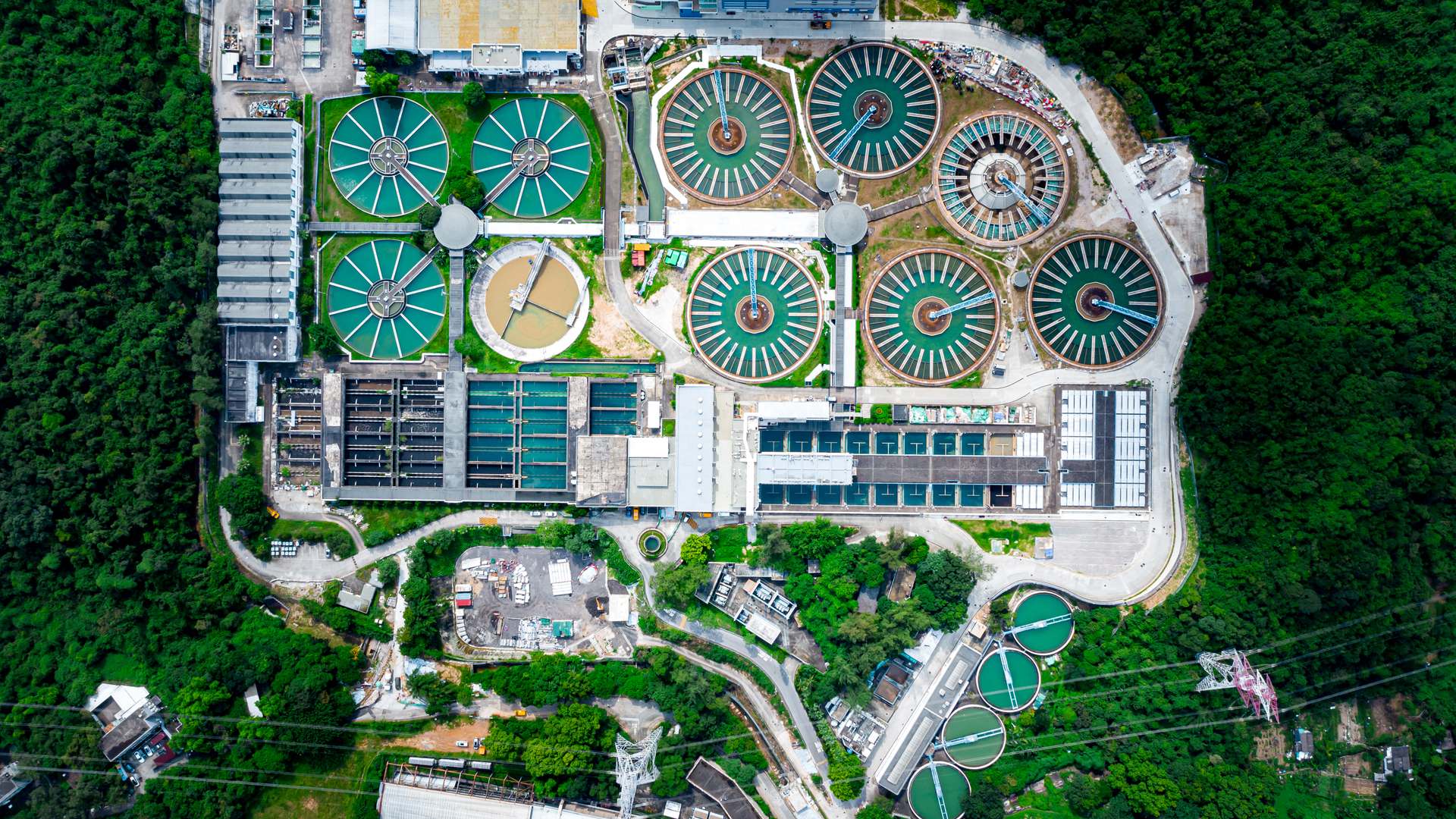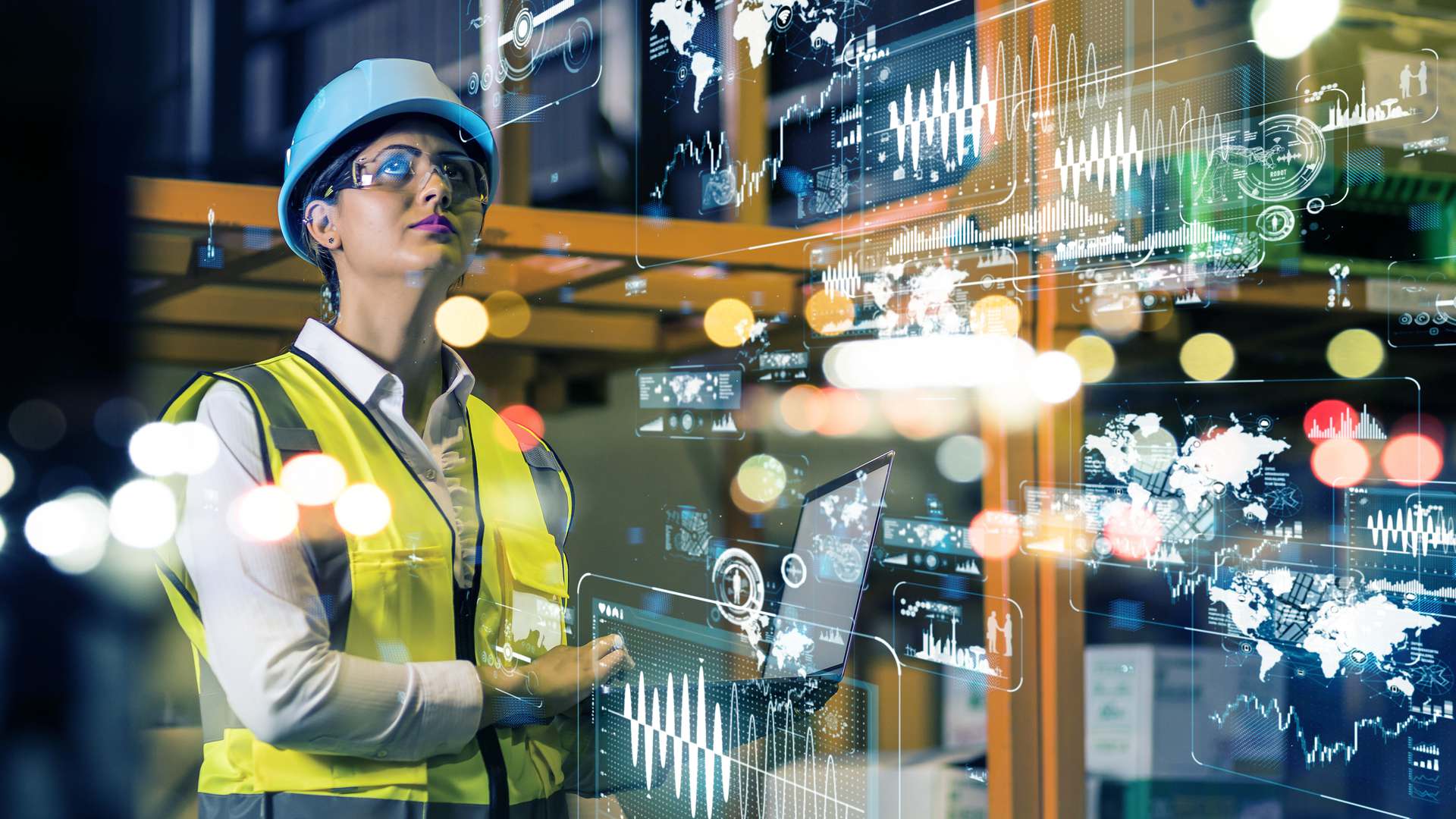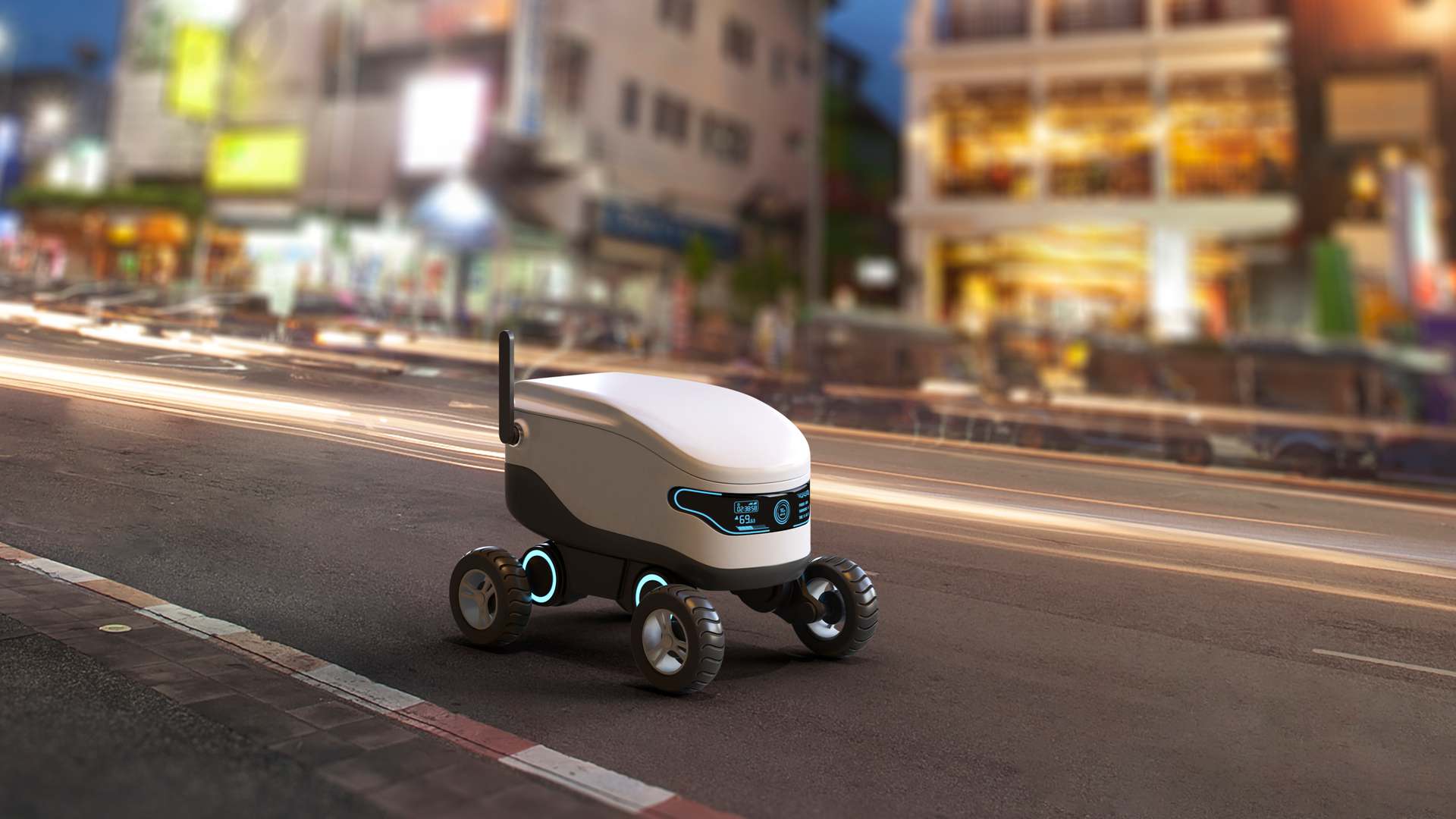Reduce, reuse, recycle; The circular economy of a greener future
Reduce, reuse, recycle; The circular economy of a greener future

Systemic Challenge Lead

Our world is a beautiful haven of diverse species, with a plethora of colours, textures and patterns. However, imagine our world desolate of trees of green and ocean life, where the total number of species can be counted on just one hand, and emerging life is stunted.
This may seem a dystopian vision, but how close will we get to this scenario before deciding to begin to reverse the damage we are causing to our home? Today we live in a linear economy of take, make and dispose, where the majority of natural resources are extracted (primary raw materials) and used once, then either discarded, leaked into the environment as pollution or converted to greenhouse gases such as nitrogen oxide, carbon dioxide and methane. Human behaviour, mostly driven by incumbent economic systems, has been the cause of this trend, which includes continued fossil-based oil and gas extraction, and an expanding built environment to accommodate an increasing global population, with ever greater demand for energy and resources. The mining and extraction of primary raw materials can also contribute to climate change and cause a permanent impact to localised geologies and habitats, including the accumulation of mining wastes. In addition, mining and extraction can negatively impact indigenous communities, and has often been known to operate with poor working practices and exploitation of workers. A coordinated response from the members of COP26 will be critical in leading the global effort to abate our planet’s systems from becoming unstable, and for achieving net-zero carbon by 2050. Humanity has come a long way in identifying ‘what not to do’ and we now have the tools to rebalance our relationship with the planet: these being sustainability and circular economy practices and principles.

Sustainability and a circular economy
The 2020 and 2021 Circularity Gap report suggests that of the 100.6 billion tonnes of primary raw materials extracted per annum, only 8.6% is recycled and almost a third remains in use as buildings and other human built infrastructure. This is not sustainable, since the environmental and social cost is further exacerbated by accumulation of wastes. The result is in an increasing economic cost to put right.
For example, in 2019, electronic waste was estimated to be as much as 50 million tonnes, where the majority of this was being landfilled. This is also concerning since, according to researchers at McMaster University, information communication technology represented 1% of the global carbon footprint in 2007 and may exceed 14% by 2040.
We have hope in a circular economy, however, which disrupts supply chain failures and offers industry a rebalance of its environmental practices. A circular economy requires that waste materials are valued as highly as primary raw materials, disincentivising mineral mining and extraction. It is about retaining the intrinsic value in products and materials for the next person along the supply chain. There are many ways to achieve a circular economy, though some are more sustainable than others. As an example, Ellen McArthur sees nature as the ultimate circular system. It is regenerative, biobased, and death and waste become food for new life. Her belief is that through mimicry, our lives and industries should do the same.
Business Consultancy McKinsey adds to this by including industrial symbiosis of sharing industrial assets as part of a circular economy, as well as digital and data technologies for optimising processes and supply chains. They include renewable energy, and virtualisation, which is exemplified by replacing post and paper with e‑mail and software. Alternatively, technology consultancy Accenture sees a circular economy to be about sensors, automation, data exploitation including the use of artificial intelligence (AI) that underpins industry 4.0, big data, and the Internet of Things (IoT). These will help us manufacture products more sustainably by identifying wasteful practices that are not seen by current systems.
More simply, however, sustainability consultancy Eunomia understands a circular economy to be about increasing the use-phase of manufactured goods. This discourages the use of planned obsolescence in manufacturing design and, when products or materials are no longer suitable for service, avoids landfill and incineration through reuse, recycling, refurbishment and remanufacture.

The benefits of a circular economy
There is a strong drive for the adoption of circular economy principles because of the cost and materials savings it can give. For example, the European Commission has suggested that by applying circular economy principles in all sectors and industries, there is potential to generate 1.8 trillion Euros and over 1 million new jobs across the EU by 2030. Management consultants McKinsey & Company suggests that a circular economy could greatly benefit the environment, boost competitiveness and resilience, decouple economic growth from resource use and reduce carbon dioxide emissions across Europe by up to 48% by 2030.
Adopting circular economy principles in the manufacturing industry is an approach that is said to maximise resource efficiency and reduce carbon emissions. The Organisation for Economic Co-operation and Development (OECD), in 2019, stated that the global consumption of materials such as biomass, fossil fuels, metals and minerals is expected to double in the next forty years, while annual waste generation is projected to increase by 70% by 2050. This needs to be addressed as a matter of urgency, since it is suggested that half of the total greenhouse gas emissions and more than 90% of biodiversity loss and water stress comes from resource extraction and processing of materials, fuels and food, as stated by the European Commission.
The need to stop losing valuable resources from our economy
To combat this, Eunomia, in 2015, put forward a strategy for materials and waste. This suggested minimising the leakage of materials to residual waste treatments (e.g. landfill or incineration) and promoting a continuous cycling of materials back into the economic system. Eunomia also advocates for avoiding the production of waste materials in the first instance, and this is likely to have an even greater potential for carbon emissions savings. The EU’s Circular Economy Action Plan has adopted this approach. Through policy, the Circular Economy Action Plan intends to move economies beyond a culture of ‘take, make, use, dispose’, and towards a system of waste prevention and circularity.
This will help to divert materials from residual waste treatments, and instead prioritise activities that are higher in the waste hierarchy. The Circular Economy Action Plan focuses on designing sustainable products, empowering consumers and public buyers, and increasing circularity in production processes. The Ellen MacArthur Foundation (EMF) describes circular economy as being “based on the principles of designing out waste and pollution, keeping products and materials in use, and regenerating natural systems” and they have proposed circular supply chain systems for both renewable and finite resources, governed by the following three principles:
• Reserve and enhance natural capital by controlling finite stocks and balancing renewable resource flows.
• Optimise resource yields by circulating products, components and materials in use at the highest utility at all times in both technical and biological cycles.
• Foster system effectiveness by revealing and designing out negative externalities.
McKinsey proposes a framework for a circular economy, known as ReSOLVE (Regenerate, Share, Optimise, Loop, Virtualise, Exchange), which also includes process and supply chain efficiency, automation and asset sharing. This is achieved by adopting renewable energy and materials, and protecting and preserving ecosystems, whilst recycling biological resources back to the natural environment:
• Promoting industrial and urban symbiosis by sharing and reusing assets and infrastructure, whilst prolonging their life through maintenance and better design that accounts for durability and upgradability. Legislation for the right-to-repair in the US has been approved by President Biden this summer, and by the UK government, with a 2‑year grace period for manufacturers.
• Increasing performance and efficiency of manufacturing processes, whilst avoiding production and supply chain waste by adopting automation, machine learning and big data, as well as integrating autonomous vehicles in supply chain distribution.
• Remanufacturing products and components and recycling materials, including adopting biological treatment for biodegradable materials, with options to manufacture new bio-based products using industrial biotechnology.
• Innovating for design and adoption of new manufacturing processes and the production of advanced materials, including additive manufacturing processes (3D printing), as well as more sustainable business and service models for the retail, use and recycling of products. This may include products that are designed and manufactured so that they are bespoke to the individual, product ‘take-back’ to improve recycling rates of unused products, and packaging for remanufacturing and resale.

Measuring sustainability and circularity
The Circularity Gap Reporting Initiative (CGRI) publishes a global circularity metric that measures the global economy and identifies how to transition towards a circular economy. The CGRI advocates for quality of the data, databases on material flow volumes and material flow mapping in order to calculate supply chain circularity. The movement of fully or partly manufactured materials and goods between countries is complex to measure and monitor, even on a basis of simply counting the number of items. This becomes considerably more complex when the raw materials and origin of the energy used to make a product is to be taken into account.
For example, currently consumers are not able to choose whether the aluminium ladder they are thinking of buying may be made with 0% or 70% recycled material, or whether the power to refine the bauxite into aluminium came from a coal-fired plant or a hydro-electric plant. Having accurate, traceable data to support decisions will be critical to help people make the right choices for them and the planet.
Circular economy in the context of sustainability
The adoption of circular economy approaches cannot alone address the challenges of sustainability, which require the balancing of economic, social and environmental needs. The following sustainability framework may be considered alongside the circular economy approaches that have been discussed above.
UN Sustainable Development Goals – described as the blueprint to achieve a better and more sustainable future for people and the planet by 2030. These are seventeen interconnected goals including those that are directly relevant to good health and well-being, clean water and sanitation, industry, innovation and infrastructure, responsible consumption and production, climate action, life below water, life on land, partnerships to achieve goals, and decent work and economic growth.

Looking to the future
The future of manufacturing will require consideration of the whole global system. For example, the city of Amsterdam has adopted Kate Raworth’s ‘Doughnut Economics’. This helps to consider planetary environmental boundaries that could be impacted by the manufacture, use and disposal of manufactured goods, including: chemical pollution, ocean acidification, climate change, air pollution, biodiversity loss, land conversion, freshwater withdrawals, and nitrogen and phosphorus loading to land. Each performance indicator can be used to better understand how sustainable a manufacturing process is
.An obvious path to sustainability is to focus our attention towards renewable sources of energy and materials for the operation of our manufacturing facilities, and the production of new products. This will obviate the generation of electricity and heat that is derived from fossil-based oils, which are major contributors to climate change. Sustainable access to bio-based and biodegradable materials such as agricultural and forestry residues, or third generation feedstocks such as algae, can replace petrochemical sources of base chemicals. This would create new supply chains for the manufacture of circular goods that support the rebalancing of the planetary chemistries in a regenerative way, including those of air, land and water.
Humans have inhabited the Earth for a very short time and yet, in only a few centuries, we could be the cause of irreparable damage. Taking steps now however, using the ingenuity of our species, we can undo this damage and learn to cooperate with our planetary systems, and therefore thrive as a species amongst other species on Earth. Our evolution may remove human impact entirely from planetary systems if we learn to walk the Earth with no footprints left behind.
Enjoyed this article? Keep reading more expert insights...
CPI ensures that great inventions gets the best opportunity to become a successfully marketed product or process. We provide industry-relevant expertise and assets, supporting proof of concept and scale up services for the development of your innovative products and processes.